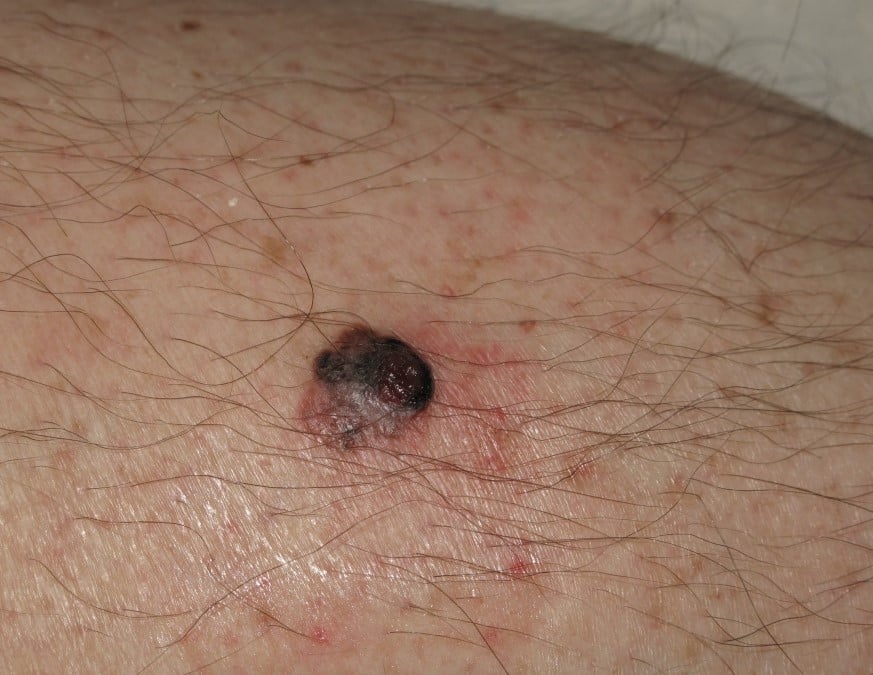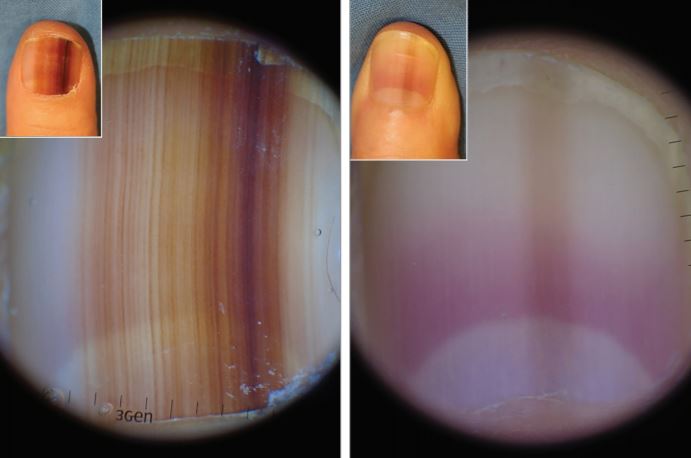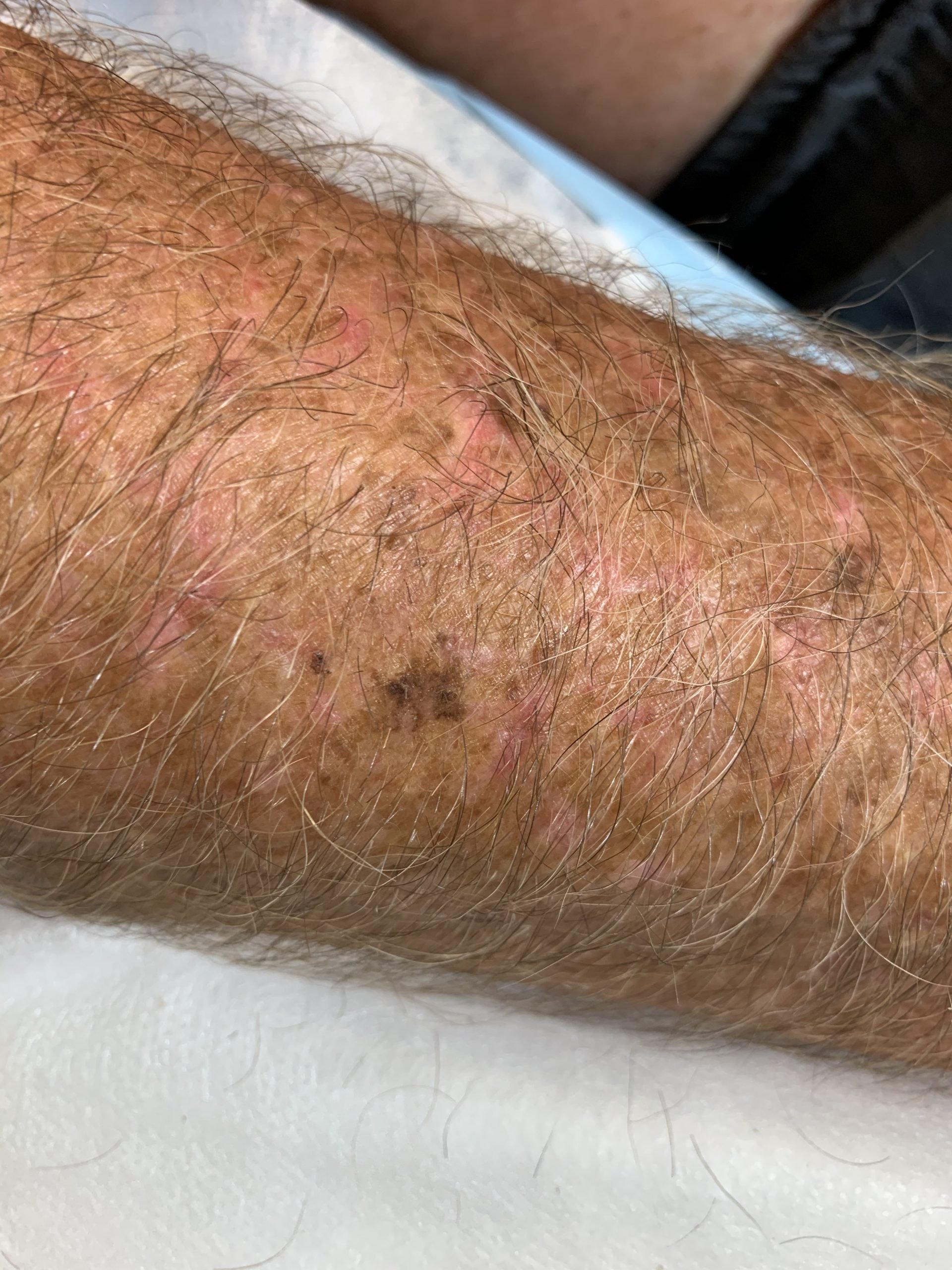Did you know that nodular melanoma is more likely to be fatal compared with other melanoma subtypes? This is attributed to its greater Breslow thickness. A recent study looked at clinicopathological features of nodular melanoma and superficial spreading melanoma to determine melanoma-specific survival.
The study included over 20,000 melanomas diagnosed in 17 centres in Europe, the United States and Australia between 2006 and 2015. They were analysed by multivariable logistic regression analysis, with emphasis on thin (T1 ≤ 1.0 mm) melanomas.
Compared with T1 superficial spreading melanoma, T1 nodular melanoma was less likely to have regression or naevus remnants histologically, and more likely to have mitoses and regional metastasis. T1 nodular melanoma also had a higher mitotic rate than T1 superficial spreading melanoma.
Cox multivariable analysis showed a higher risk for melanoma-specific death for nodular melanoma compared with superficial spreading melanoma for T1 and T2 melanomas, and after accounting for centre heterogeneity, the difference was statistically significant only for T1.
The nodular melanoma subtype did not confer increased risk within each stratum (among localised tumours or cases with regional metastasis).
To conclude, T1 nodular melanoma (compared with T1 superficial spreading melanoma) was associated with a constellation of aggressive characteristics that may confer a worse prognosis. The study's results indicate nodular melanoma is a high-risk melanoma subtype that should be considered for inclusion in future prognostic classifications of melanoma.
Learn more in the HealthCert Certificate Courses in Skin Cancer.


 1800 867 1390
1800 867 1390

